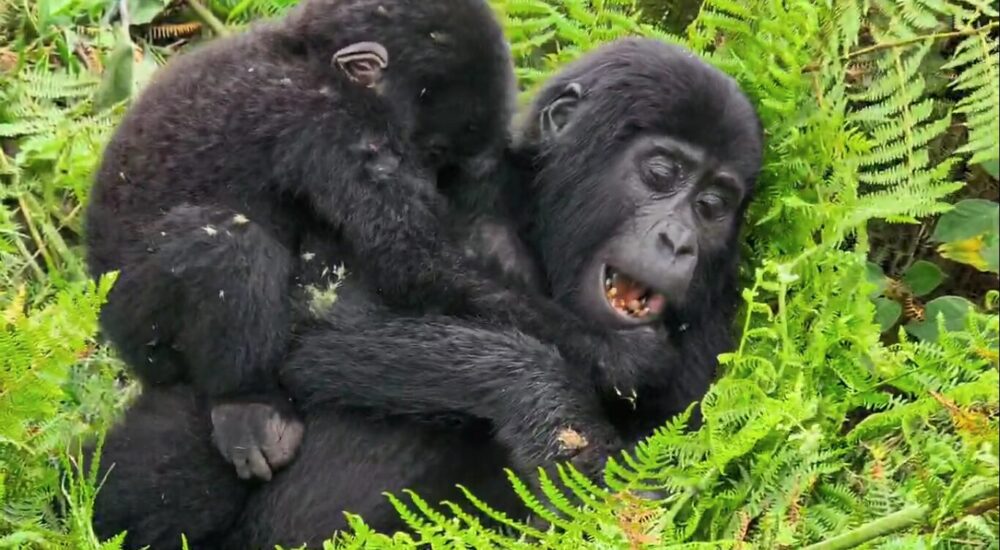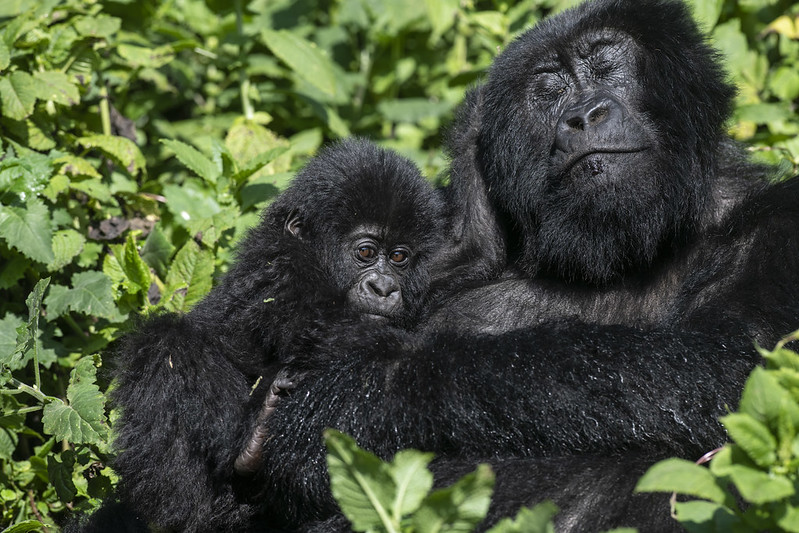Explore the importance of eco-friendly gorilla trekking and how it supports conservation and uplifts communities…
Are gorillas monkeys
Are gorillas monkeys – No, gorillas are not monkeys. They are classified as great apes, which are distinct from monkeys in several important ways. Here’s a more detailed explanation of the differences:
Taxonomy
- Monkeys are part of the primate order, specifically within the infraorder Simiiformes (which includes both monkeys and apes). However, monkeys are divided into two main groups: Old World monkeys (such as baboons, macaques) and New World monkeys (such as capuchins and spider monkeys).
- Gorillas, on the other hand, belong to the family Hominidae, which is the family of great apes. This group also includes orangutans, chimpanzees, bonobos, and humans. Gorillas are closely related to humans and share a significant amount of DNA with us, making them much more similar to us than to monkeys.
Physical Characteristics
- Monkeys typically have tails. While some species of monkeys (like apes) have a tail, it’s a key characteristic of monkeys in general.
- Gorillas, like other apes, lack tails. This is one of the key differences between monkeys and apes.
Size and Intelligence
- Monkeys are generally smaller and have less complex cognitive abilities compared to apes.
- Gorillas are much larger, with adult males (silverbacks) weighing as much as 400 pounds or more. Gorillas also exhibit higher levels of intelligence compared to most monkeys. They can use tools, communicate with gestures or sign language, and show advanced problem-solving skills.
Social Structure and Behavior
- Monkeys often have more hierarchical social structures, with many species being more agile and adapted to life in the trees (arboreal). Some monkeys, like baboons, form large groups, but their social interactions are quite different from those of apes.
- Gorillas are highly social but tend to live in smaller groups, typically led by a dominant male (the silverback). Their social structure is more stable and includes more nurturing behavior, with the silverback taking on protective and leadership roles.
Genetics
- Monkeys and apes share a common primate ancestor, but great apes (like gorillas) are much more closely related to humans than to monkeys. Gorillas share about 98% of their DNA with humans, while monkeys, such as rhesus macaques, are more distantly related to humans.
Locomotion
- Monkeys often move by swinging from branches (brachiation) or by walking on all fours (quadrupedalism), but many species are adapted to different types of movement depending on their environment.
- Gorillas are primarily terrestrial and move by knuckle-walking on all fours, although they can also climb trees when necessary. They are stronger and more robust than monkeys due to their larger size.
Conclusion
While both gorillas and monkeys are primates, gorillas are great apes and not monkeys. The distinction between them is based on differences in anatomy, genetics, intelligence, and social structure. Great apes, like gorillas, are more closely related to humans and share many characteristics that set them apart from monkeys.
Gorilla safaris
At Monumental expeditions and safaris we offer best gorilla tracking tours in Uganda Rwanda and Congo. Our well-crafted itineraries will enable you visit and experience gorillas in the wild. Our most popular packages include; the 3-day Uganda gorilla tour, the 3 day Rwanda gorilla safari, the 5 day Uganda gorilla and chimps, the 8 day Uganda primate safari and so much more. Contact us to plan for your next gorilla trekking safari.


